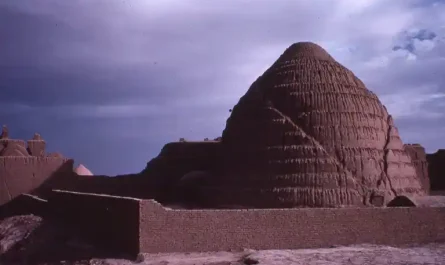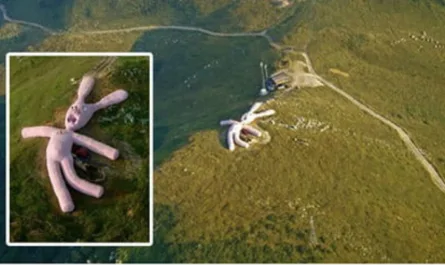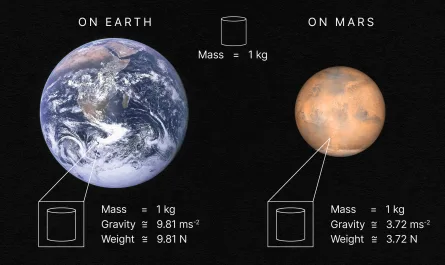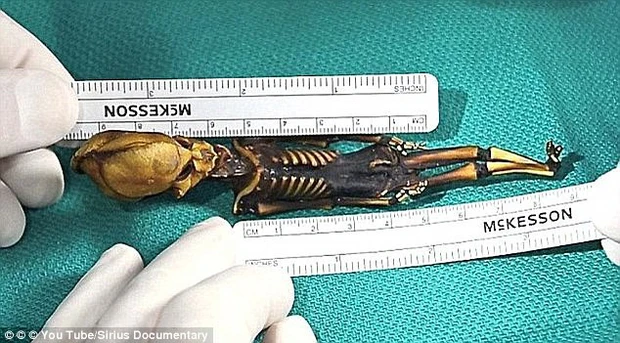The Sahara Desert. For centuries, its name has conjured images of endless, shifting dunes and an unforgiving vastness. But beneath that formidable exterior, the Sahara has silently guarded secrets – secrets we are only just beginning to unearth. Recently, a team of pioneering archaeologists has achieved what once seemed impossible: revealing the hidden remnants of a lost civilization, buried deep beneath meters of sand in one of the planet’s most unwelcoming regions. This isn’t just another find; it’s a discovery, fueled by cutting-edge satellite imagery and geophysical analysis, that promises to dramatically reshape our understanding of human history.
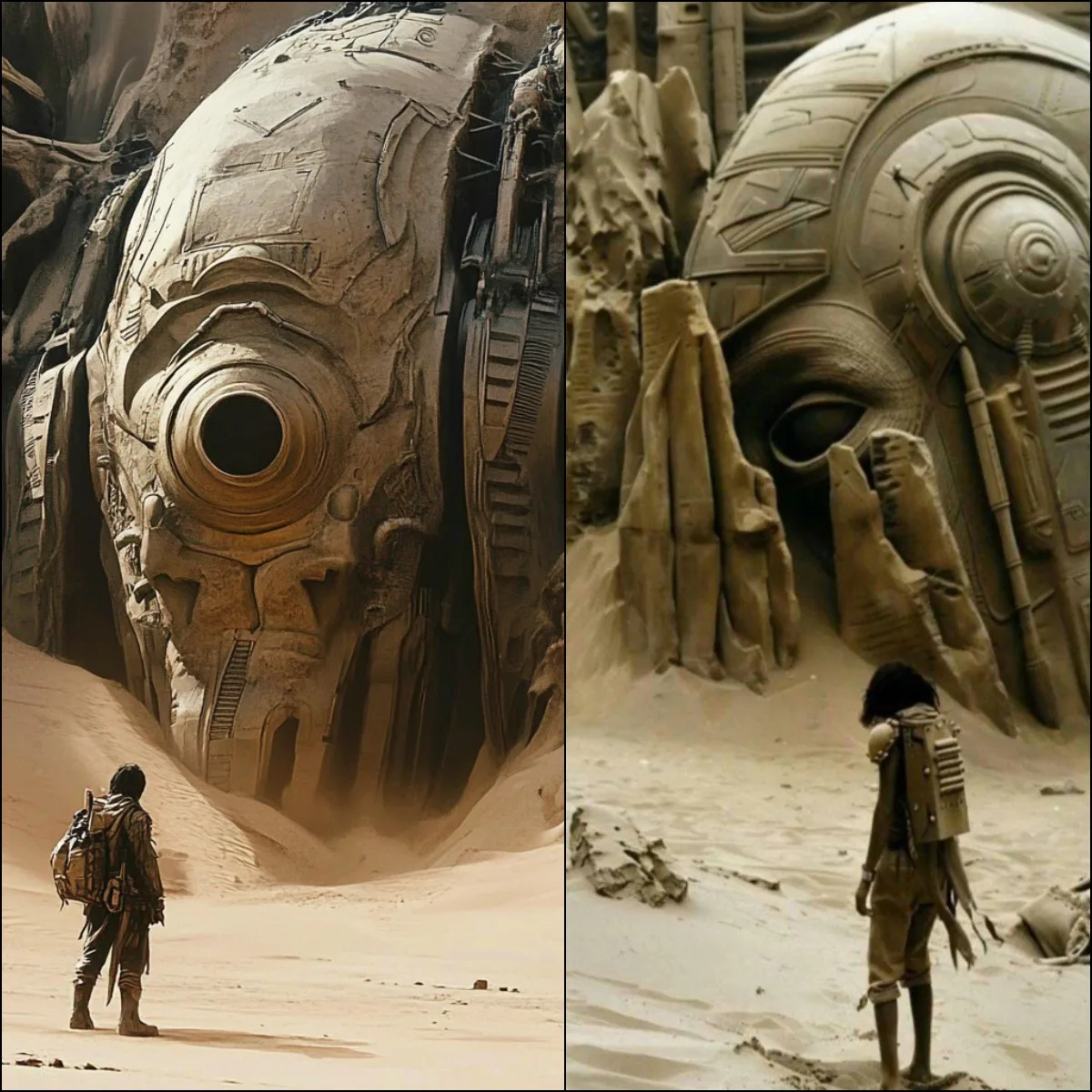
A Flourishing Past, Buried by Climate Change
Initial investigations at the site are painting a picture of astonishing complexity. What’s emerging is a sophisticated network of structures, ranging from what appear to be ancient temples to long-forgotten trade routes, and even traces of canals that once nourished a thriving society. This evidence strongly suggests that the Sahara, far from being the arid expanse we know today, was once a fertile, vibrant land that supported a highly developed civilization. This society, it seems, ultimately succumbed to extreme climate change, vanishing beneath the encroaching sands.

Among the precious artifacts already recovered are exquisitely crafted tools, fragments of beautifully decorated ceramics, and intriguing symbols that hint at a sophisticated written language or perhaps a rich system of cultural record-keeping. Each piece is a tantalizing clue, helping us piece together the puzzle of who these people were.
Technology Paves the Way for Unprecedented Discoveries
The archaeologists leading this groundbreaking work emphasize that this is merely the tip of the iceberg. They’re leveraging advanced techniques like drones and LIDAR (Light Detection and Ranging) analysis to meticulously map vast subsurface areas without disturbing the incredibly fragile remains. This innovative approach not only safeguards the integrity of the site but also opens up exciting new possibilities for identifying even more areas of archaeological interest across the Sahara’s immense sandy expanse. Imagine the untold stories still waiting to be found!
Profound Implications for Our Understanding of Humanity
Beyond the sheer thrill of discovery, the implications of this find are truly profound. For one, it could offer invaluable insights into how ancient civilizations grappled with and responded to catastrophic environmental challenges – lessons that might hold relevance for our own times. Furthermore, it has the potential to reveal previously unknown commercial and cultural connections, linking this lost society with other ancient cultures across North Africa, the Mediterranean, and perhaps even farther afield.
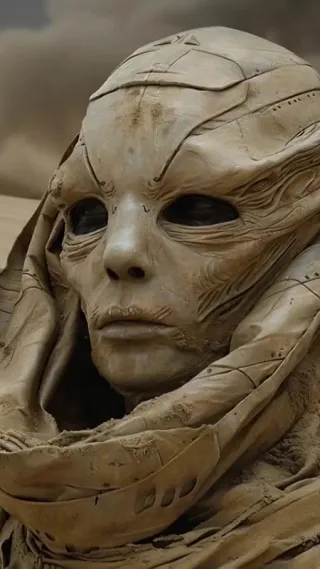
The research team is clear: there is still an immense amount to uncover. With every new fragment brought to light, new questions arise: Who exactly were these people? How did they live their daily lives? What ultimately led to their disappearance? The very sands that have concealed these answers for so long are now slowly, painstakingly, beginning to yield their secrets, revealing the rich tapestry of a past that seemed utterly lost to time. The Sahara, once a barrier, is now a gateway to our shared human story.
